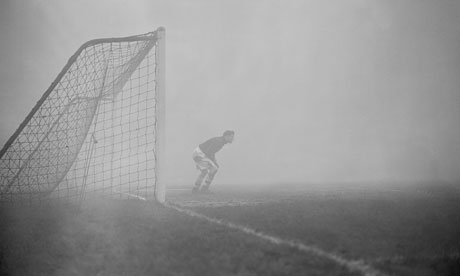Damn!
London’s Dirty Secret: Pollution Worse Than Beijing’s
London’s Dirty Secret: Pollution Worse Than Beijing’s - Bloomberg
London’s Dirty Secret: Pollution Worse Than Beijing’s
London’s Dirty Secret: Pollution Worse Than Beijing’s - Bloomberg










